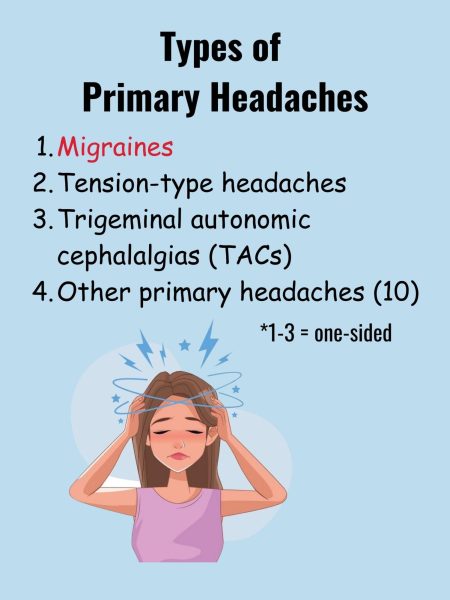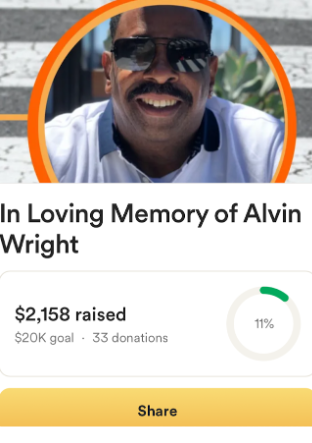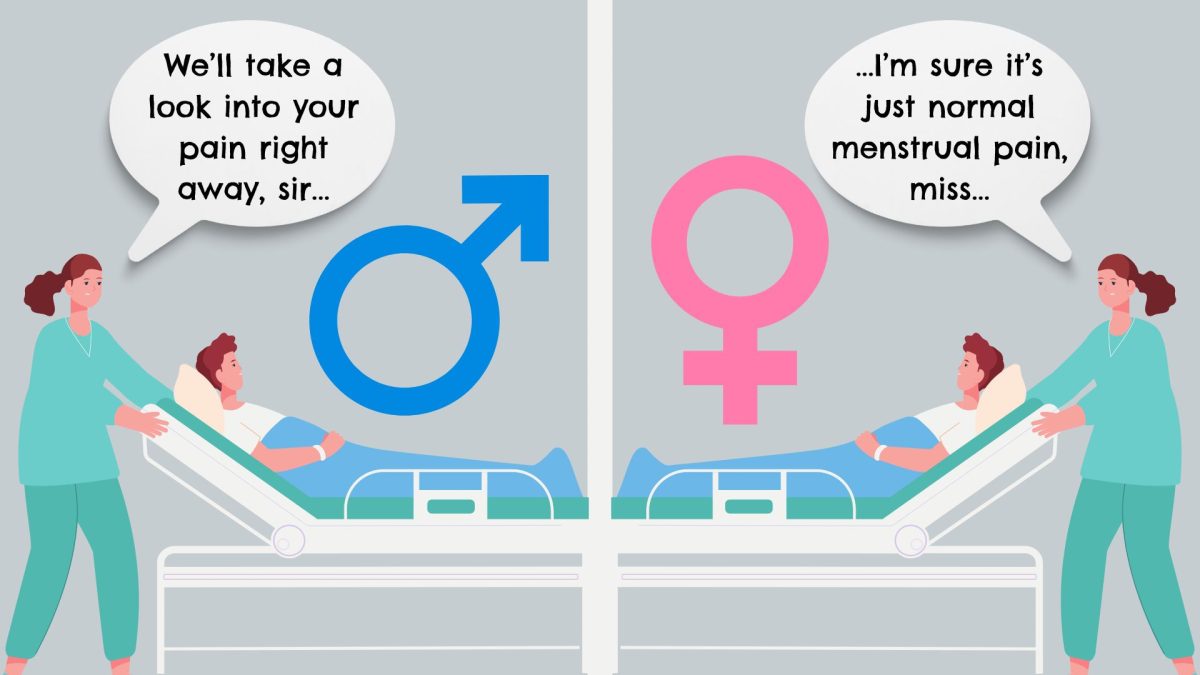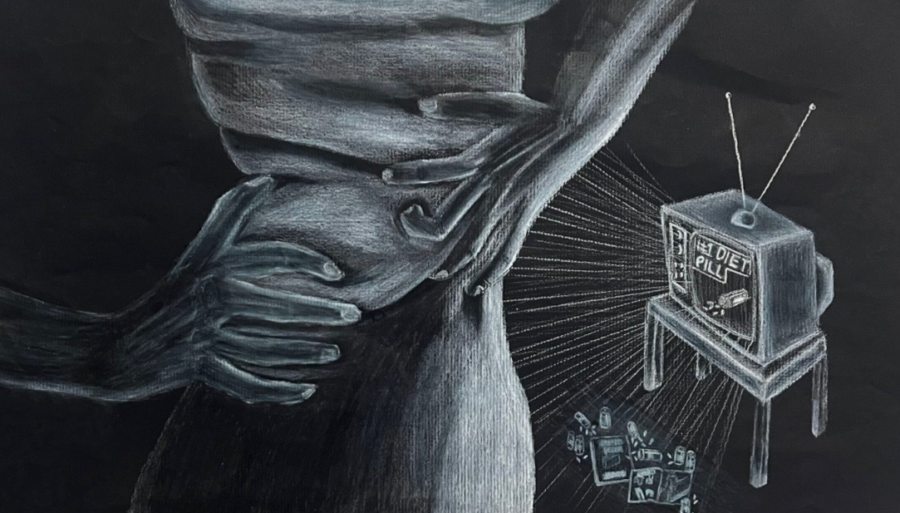I’ve watched the effects of migraines take their toll on my grandparents, aunt, and mother. Needless to say, migraines run in my family, and when they are bad, they are debilitating. The days that my mother has a migraine, she lies in bed with an ice pack and doesn’t get up because loud noises and bright lights make it worse — and when she does come out of her bedroom, wearing her sunglasses is her only reprieve to avoid the worsening factors. I myself have noticed that I’ve been getting headaches that worsen with movement, and can already predict that I’ll eventually be getting migraines throughout my life.
People who do not experience migraines assume they are “just headaches” and wonder why people who do experience migraines cannot function properly when they have one. Technically, migraines are “headaches”… but the question is, what is the difference between a migraine and a normal headache?
I spoke with an orofacial pain specialist, Dr. Rich Hirschinger, on this subject, and he provided a lot of information to describe what a migraine actually is in comparison to other kinds of headaches.
“A migraine is a headache,” Dr. Hirschinger said. “It’s considered one of the four primary headaches.”

Migraines cause “severe throbbing pain or a pulsing sensation, usually on one side of the head,” according to Mayo Clinic. “It’s often accompanied by nausea, vomiting, and extreme sensitivity to light and sound. Migraine attacks can last for hours to days, and the pain can be so bad that it interferes with your daily activities.”
There are requirements for a headache to be officially categorized as a migraine.
“You have to have at least five of these headaches in your lifetime, and they need to last between four and 72 hours,” Dr. Hirschinger said. “Then you have to have two of these four: pulsating, one-sided, moderate to severe, aggravation with exertion or the avoidance thereof. And then if it meets that criteria, the last little bit of the criteria is you have to have at least one of these two: one is light and sound sensitivity, otherwise known as photophobia and phonophobia. And the other one is nausea and/or vomiting.”
Migraines can be considered to be impairing, since they have a different nature than a normal headache.
“A lot of people just want to go into a dark quiet room and try to sleep it off,” Dr. Hirschinger said. “They’re debilitating because of the fact that it’s really hard to do anything else.”
Hirschinger goes on to explain what causes these awful headaches.
“Some triggers can be smell; it can be barometric pressure, it can be hormones; for a lot of women there’s something called a menstrual migraine…dehydration, all various kinds of things,” Dr. Hirschinger said. “[And] there’s a very strong genetic component…I always ask my patients [if there is] any history of any migraine sufferers in their family.”
Women are a lot more likely than men to be victims to migraines.
“Women are about three or four times more likely to have more headaches than men,” Dr. Hirschinger said. “My sad joke is that men usually cause the headaches.”
Migraines are not just normal headaches, so there are signs that come even before the actual migraine shows up that warns the person that they may have a migraine coming on.
“For some people, a warning symptom known as an aura occurs before or with the headache,” according to Mayo Clinic. “An aura can include visual disturbances, such as flashes of light or blind spots, or other disturbances, such as tingling on one side of the face or in an arm or leg and difficulty speaking.”
Once, my mother said that she saw something in her vision, and described it as a pinwheel of light, and then proceeded to get the worst migraine of her entire life — this visual interference is called an “aura.”
“An aura is like a sensation that a lot of people feel, and that’s when they can kind of tell a migraine is going to happen,” Dr. Hirschinger said. “It comes on over a period of about five minutes to 20 minutes, and it has to be fully reversible within an hour. And if that aura doesn’t go away within an hour, that’s when you get worried about something else like a stroke occurring.”
Migraine auras aren’t dangerous — they’re just warning signs that you’re about to get a bad headache. However, these auras must fall within this certain time constraint, or it could indicate something more serious.
“There are three types of auras,” Hirschinger said. “99% of the people that get an aura will have a visual aura. And there’s two types of those auras: there’s what we call a positive aura, which means you’ve seen something extra you don’t usually see, like a herringbone light pattern, or flashing lights, or something really colorful.”
These positive auras are descriptive of what my mom sometimes has before she gets a bad migraine, so learning about the scientific reasoning behind this was interesting.
“And then there’s a negative aura, which would be like a little bit of a loss of vision…so you’ve seen a dark spot instead of seeing full vision,” Dr. Hirschinger said.
Dr. Hirschinger describes the other two types of auras.
“The second type of aura, which is a lot less common, is a sensory [aura], meaning you’re going to feel some tingling, some kind of numbness, like something’s going on; and then, the motor aura is the least common. One of these is called aphasia, which is the inability to talk.”
Once, during the Grammys, a Los Angeles reporter on CBS covering the show, Serene Branson, spoke complete gibberish to the camera for around ten seconds, causing everyone to think that she was having a stroke — but it was simply this aphasia, or the inability to talk. Of course, she ended up having a very bad migraine after this occurrence.
“Those of us that treat migraines know her name and the whole story,” Dr. Hirschinger said.
There are many different treatments for migraines that have emerged over the years.
“Our goal in treating patients with migraines is to reduce the number of headache days they have per month,” Dr. Hirschinger said. “‘Chronic’ is people that have 15 or more headaches a month. So if you take somebody [who is] chronic that, say, has 20 headache days per month, and you get them down to 2 or 3 headache days per month, they’re going to be pretty happy.”
Preventing the headache before it comes on is important to avoid being out of commission for a good few days.
“We tend to put [people that have migraines] on preventative medications, which means that they’re going to be taking something to prevent the headaches,” Dr. Hirschinger said. “People that have episodic migraines don’t need to be on a preventative; we’re just going to have them on abortives, so once they start to feel the headache, that’s when they have to take the medication to try and hopefully get rid of it.”
Dr. Hirschinger also says that Botox is FDA-approved for migraines.
“It’s typically tried last because it’s expensive and it tends to wear off after about three months, and then you kind of have to constantly keep repeating.”
Of course, there are also natural remedies for curing a migraine.
“People that have constant migraines just have to live a very, very consistent life,” Dr. Hirschinger said. “Stay very, very well hydrated, get a lot of sleep; if [you’re] really sensitive to light, then don’t subject yourself to flashing lights or the bright sun, those kinds of things.”
While they don’t affect everyone, migraines should be taken seriously since they can be very scary and debilitating. Saying that they are “just” headaches would not only be insensitive, but medically inaccurate.
































